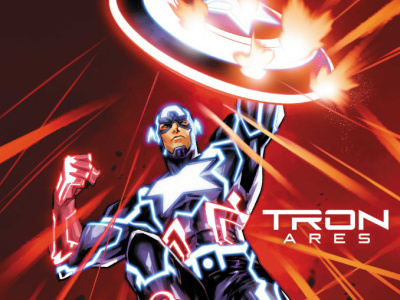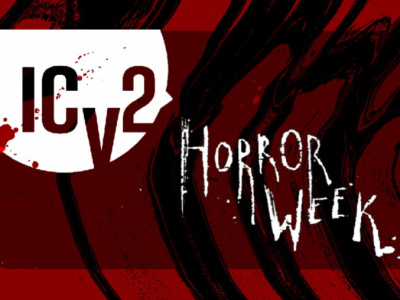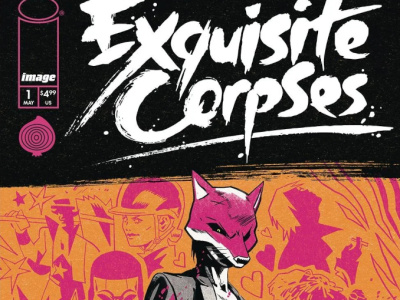Sales of print manga hit an all-time high in 2020, passing the previous high set in 2007, according to an analysis by ICv2, which has been tracking sales of the category since 2002. The 2020 growth featured strong sales of backlist, including box sets, driven by increased streaming of anime during Covid shutdowns (see "ICv2 Interview with Kevin Hamric").
The new high in manga sales comes after a steep decline between 2008 and 2012 off the 2007 peak and a long recovery until this year. The 2007 peak was built by a huge wave of new manga material that hit North America in the early 00s, and by near-ubiquitous anime on American TV. The big declines came in the wake of the global financial crisis; the bankruptcy of the Borders bookstore chain, which had been a big supporter of the category; a decline in anime on television, as cable channel gatekeepers pivoted toward content in which they had an ownership stake; and the petering out of a huge wave of backlist, which had brought decades of Japanese material to North America in a few years in the early 00s.
It has taken anime producers a decade to replicate the wide reach that anime had on cable television in the 00s, this time with streaming turbocharged by a global pandemic. With the huge increase in anime streaming hours in 2020, manga sales followed (for an in-depth analysis of this phenomenon, see the video of NPD’s Kristen McLean as she presents on the topic in an ICV2 Livestream, on the ICv2 Pro site).
Cable television, which drove anime and manga growth in the 00s, had a handful of gatekeepers making decisions about whether American consumers would see anime or not. With the growth of streaming that allows viewers to select what they want to watch when they want to watch it, that gatekeeping is no longer a factor. And now that there’s a dedicated billion-dollar anime streaming powerhouse providing a permanent pipeline from Japan to American viewers (see "Funimation Gets Crunchyroll for $1.175 Billion"), it seems unlikely that anime will ever again experience drops in visibility like those in the late 00s. That portends big opportunities for manga to continue to grow, as long as the content continues to resonate with American audiences, and reports from the first half of 2021 indicate that it is.
This long-term analysis was based on information collected on an ongoing basis from NPD BookScan for the book channel, from Diamond Comic Distributors and more recently ComicHub for the comic store channel, and from interviews, publicly available information, and other sources.
For information on overall 2020 comics and graphic novel sales, see "Comics and Graphic Novel Sales Hit New High in Pandemic Year."
For info on graphic novel sales by category in 2020, see the ICv2 Pro article, "Kids Remain Top Graphic Novel Category in 2020."
See Gallery below for full-size graph!
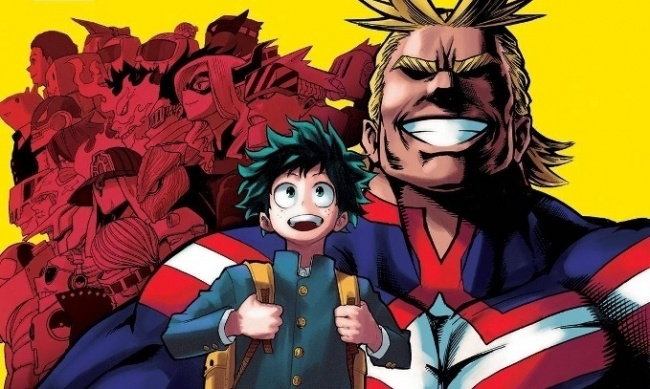
Passing 2007 Peak
Posted by Milton Griepp on July 2, 2021 @ 5:15 pm CT
MORE COMICS
At AnimeNYC
August 22, 2025
The winners of the 2025 American Manga Awards, organized by AnimeNYC owner LeftField Media and Japan Society, were announced in a ceremony at AnimeNYC in New York on August 21.
From Marvel Comics
August 22, 2025
This October, Marvel Comics celebrates the release of TRON: Ares with new variant covers.
MORE MARKETS
In Year-Over-Year ICv2 Analysis
August 19, 2025
Dollar sales of horror comics were up by 25% this summer, according to a year-over-year ICv2 analysis.
Top-Selling Horror Comics of the Summer
August 19, 2025
We noticed two trends in this summer's top-selling horror comics.



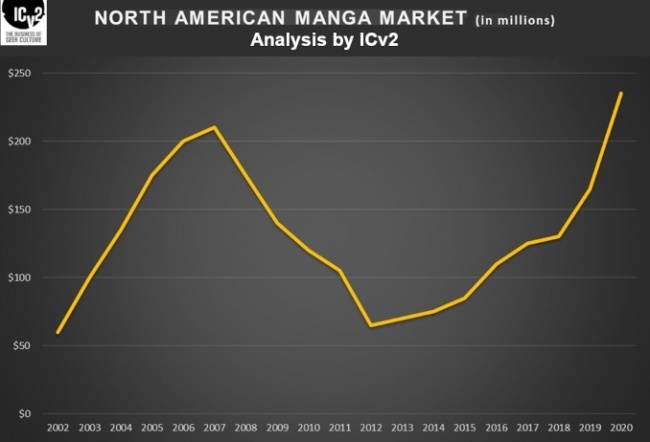
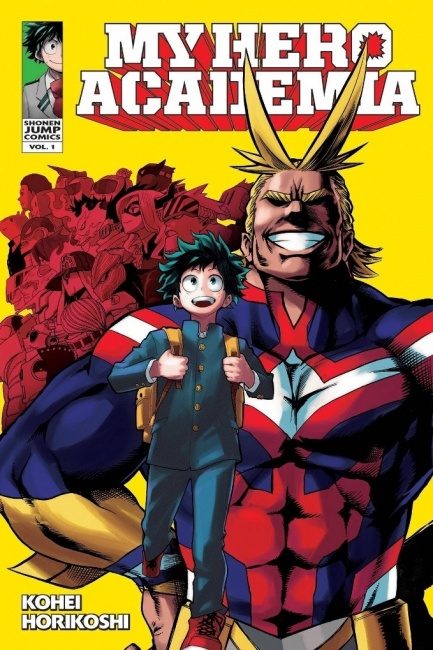
 View Gallery: 1 Images
View Gallery: 1 Images 
